
Researchers make groundbreaking discovery about ChatGPT after testing it with 2,400 year-old math problem
Researchers have made a groundbreaking discovery after testing OpenAI's ChatGPT with 2,400 year-old math problem.
While there's plenty to worry about when it comes to AI's impact on the world or how it might harm us humans (if it came down to it), perhaps figuring out how the technology actually 'thinks' could alleviate some of those fears.
Scientists in Cambridge may have uncovered how ChatGPT thinks after testing the artificial intelligence chatbot with a 2,400-year-old maths puzzle.
They wanted to find out if the AI would use knowledge it already ‘held’ or develop its own solutions.
In the study titled ‘An exploration into the nature of ChatGPT’s mathematical knowledge’, the team asked the OpenAI chatbot to solve the ‘doubling the square’ problem.

First described by ancient Greek philosopher Plato, the brain teaser involves teaching somebody without mathematical knowledge how to double the area of a square.
Many would incorrectly double each side length. However, Plato noted that with the right 'prompts,' he could help people understand that the new square’s sides should be the same length as the diagonal of the original.
To their surprise, the researchers revealed that ChatGPT didn't take its usual approach of regurgitating its pre-existing knowledge of the famous solution.
Instead, the AI appeared to tackle it like a 'learner' would.
“When we face a new problem, our instinct is often to try things out based on our past experience,” said Dr. Nadav Marco, a visiting scholar at the University of Cambridge. “In our experiment, ChatGPT seemed to do something similar. Like a learner or scholar, it appeared to come up with its own hypotheses and solutions.”

ChatGPT's first attempt used an algebraic method that was unheard of in Plato's time, which only resulted in an approximate solution.
Then, when the team told the chatbot they were disappointed it couldn't find a 'elegant and exact' answer, it soon turned around to deliver the geometrical answer.
“If it had only been recalling from memory, it would almost certainly have referenced the classical solution of building a new square on the original square’s diagonal straight away,” said Andreas Stylianides, a professor of Mathematics Education at Cambridge. “Instead, it seemed to take its own approach.”
The findings suggest that AI models like ChatGPT mix together stored information with 'on-the-fly reasoning' to solve problems.
And with the right prompts, the world's most popular chatbot can provide the correct answer as humans would.
“These are core skills we want students to master, but it means using prompts like, ‘I want us to explore this problem together,’ not, ‘Tell me the answer,’” Dr. Marco added.
The research was published in the International Journal of Mathematical Education in Science and Technology.
News in the same category

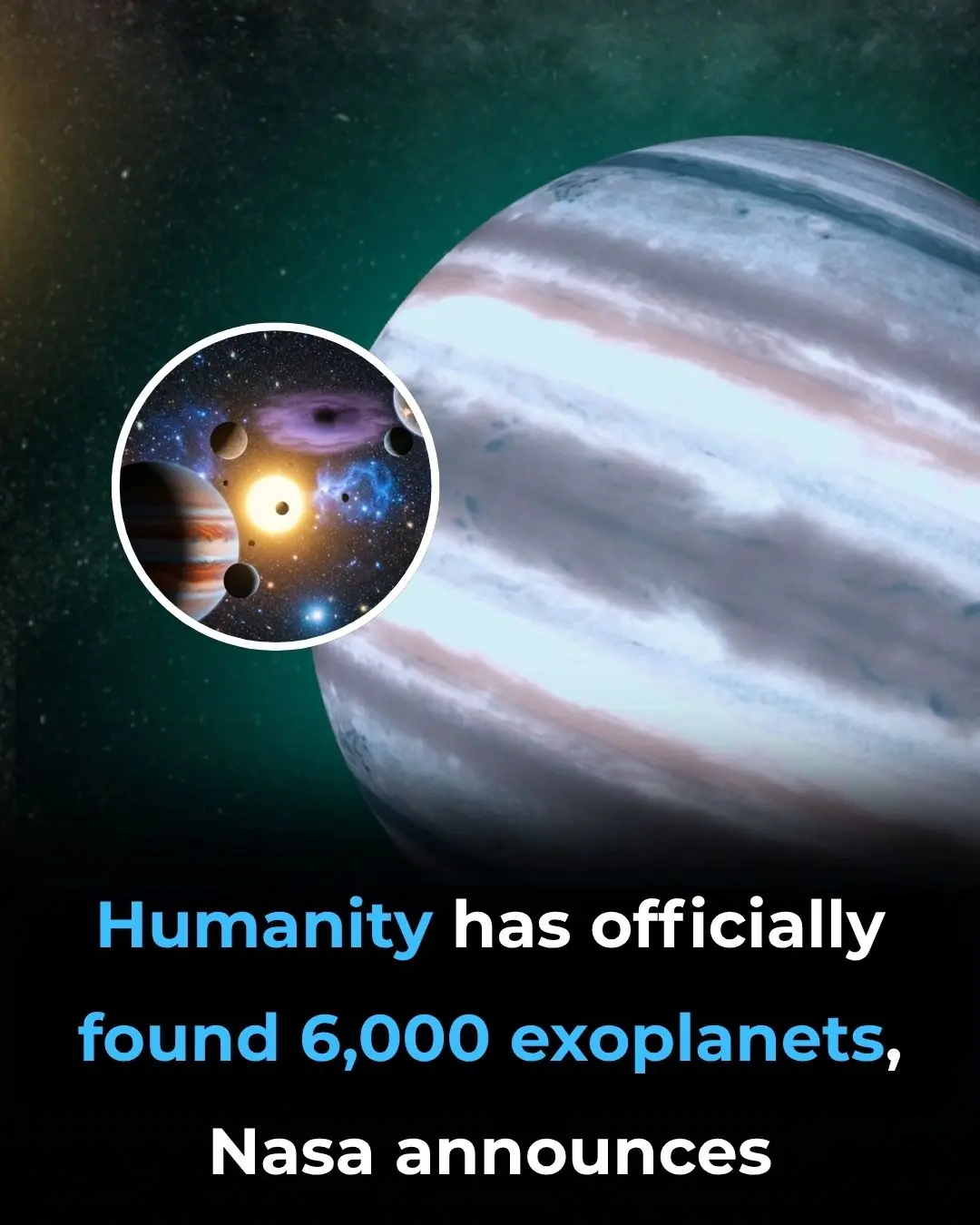
Humanity Has Officially Found 6,000 Exoplanets, NASA Announces
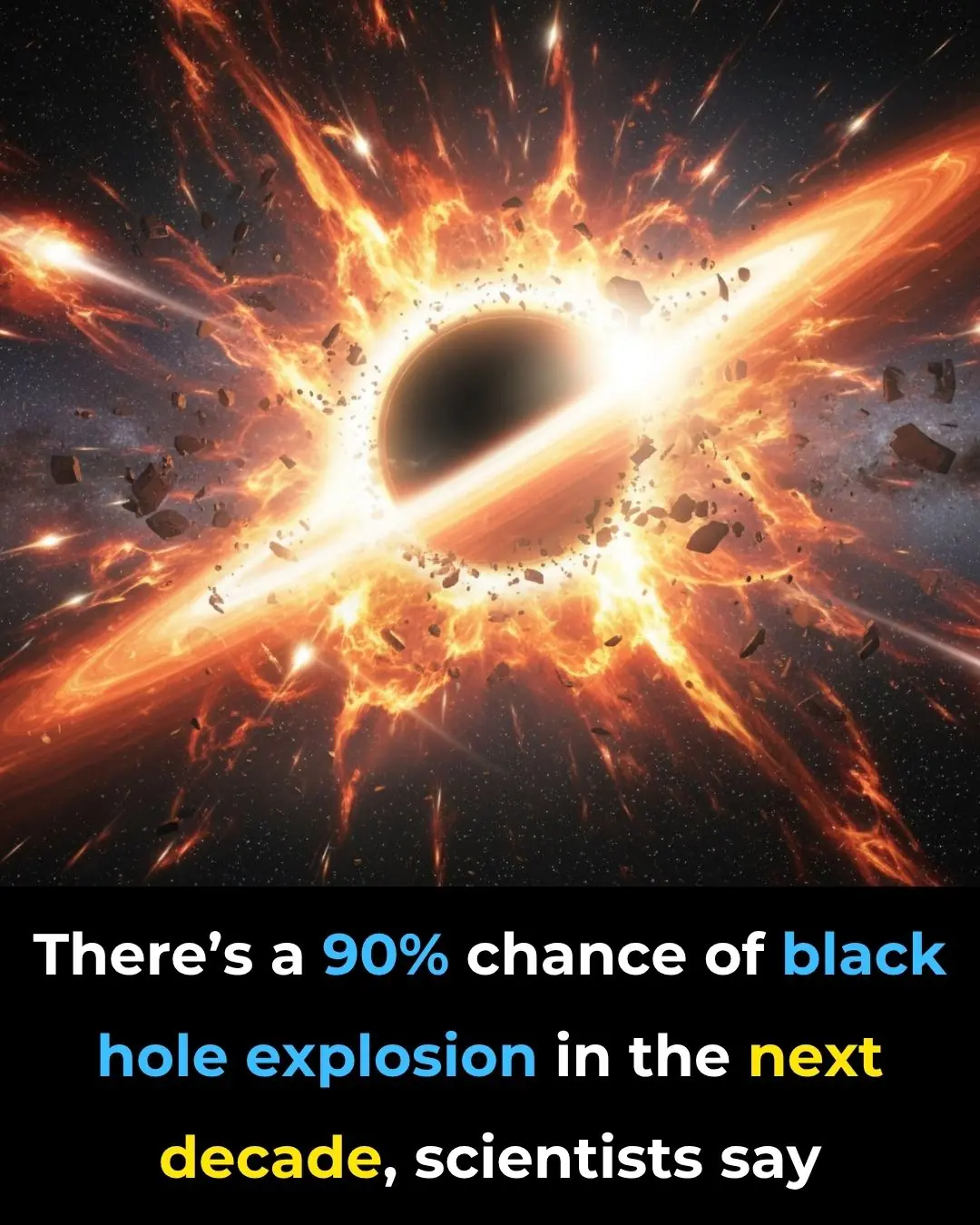
There’s A 90% Chance of Black Hole Explosion in the Next Decade, Scientists Say
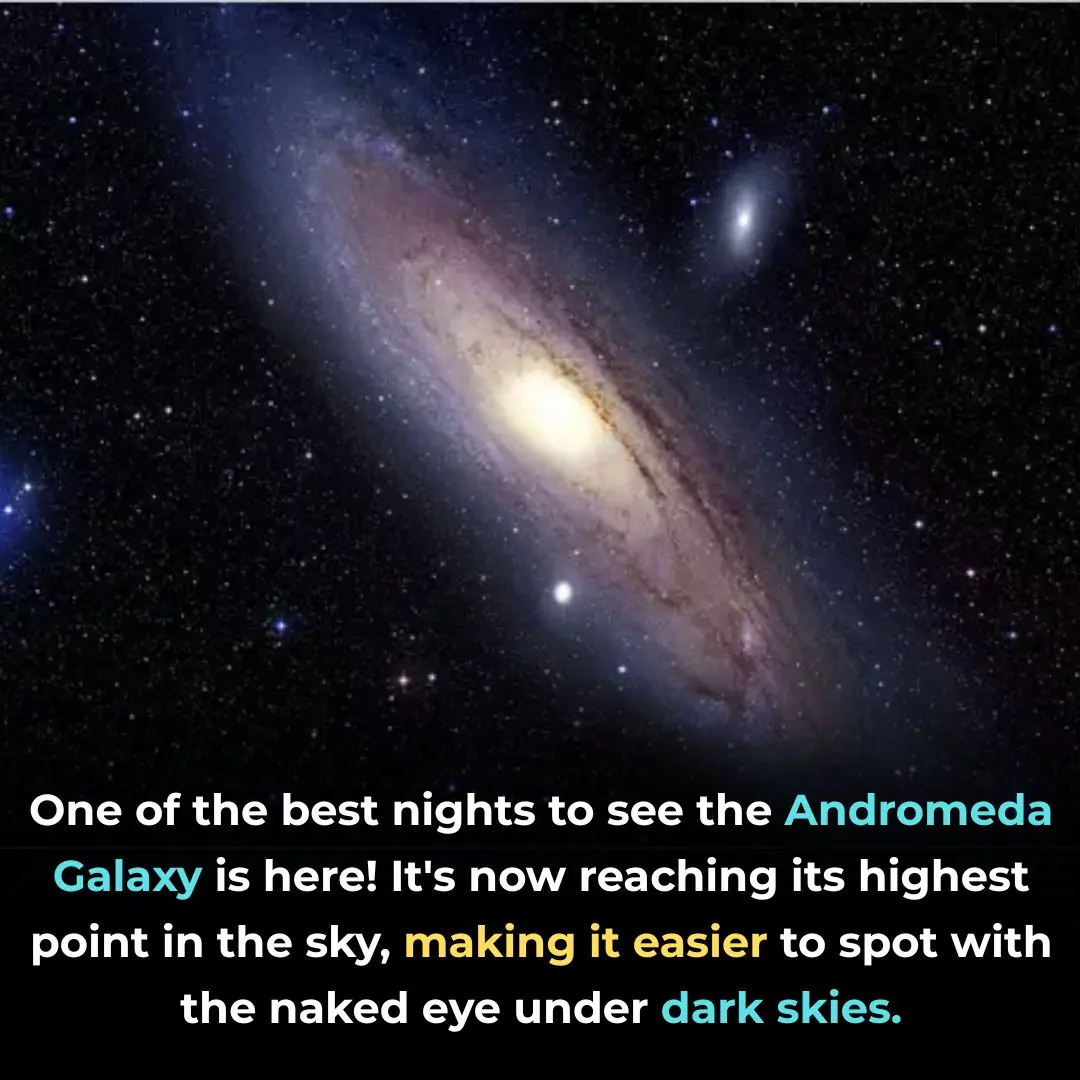
Prime views of the Andromeda Galaxy and Ceres—October 2

Northern Lights Could Be Seen in Northern U.S. — Sept 30 – Oct 1, 2025
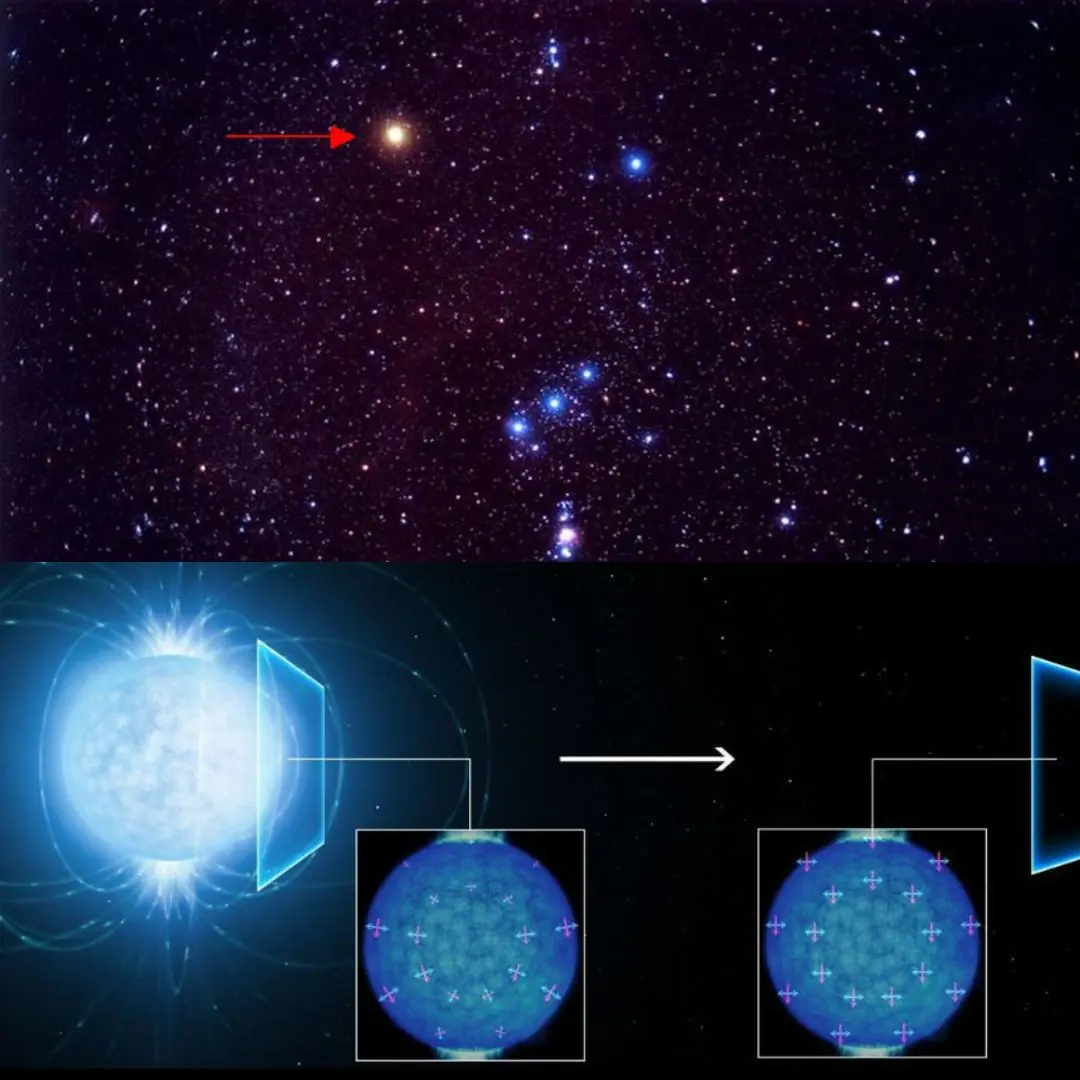
Alnitak, Alnilam, and Mintaka: Orion’s Belt Stars Thousands of Light-Years Away
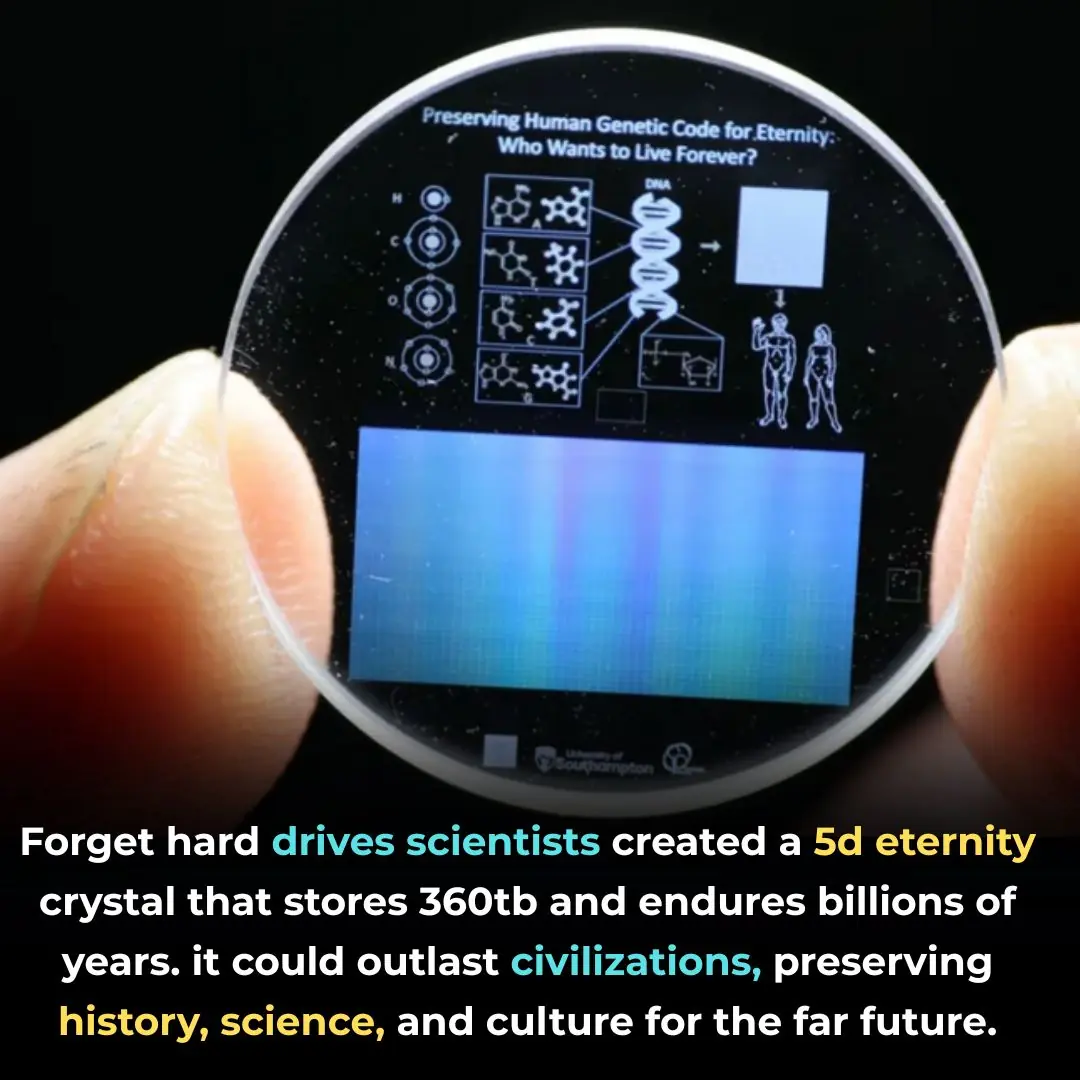
Humanity Preserved: A 5D Crystal Holds 360 TB of Our Genome to Outlast Civilization
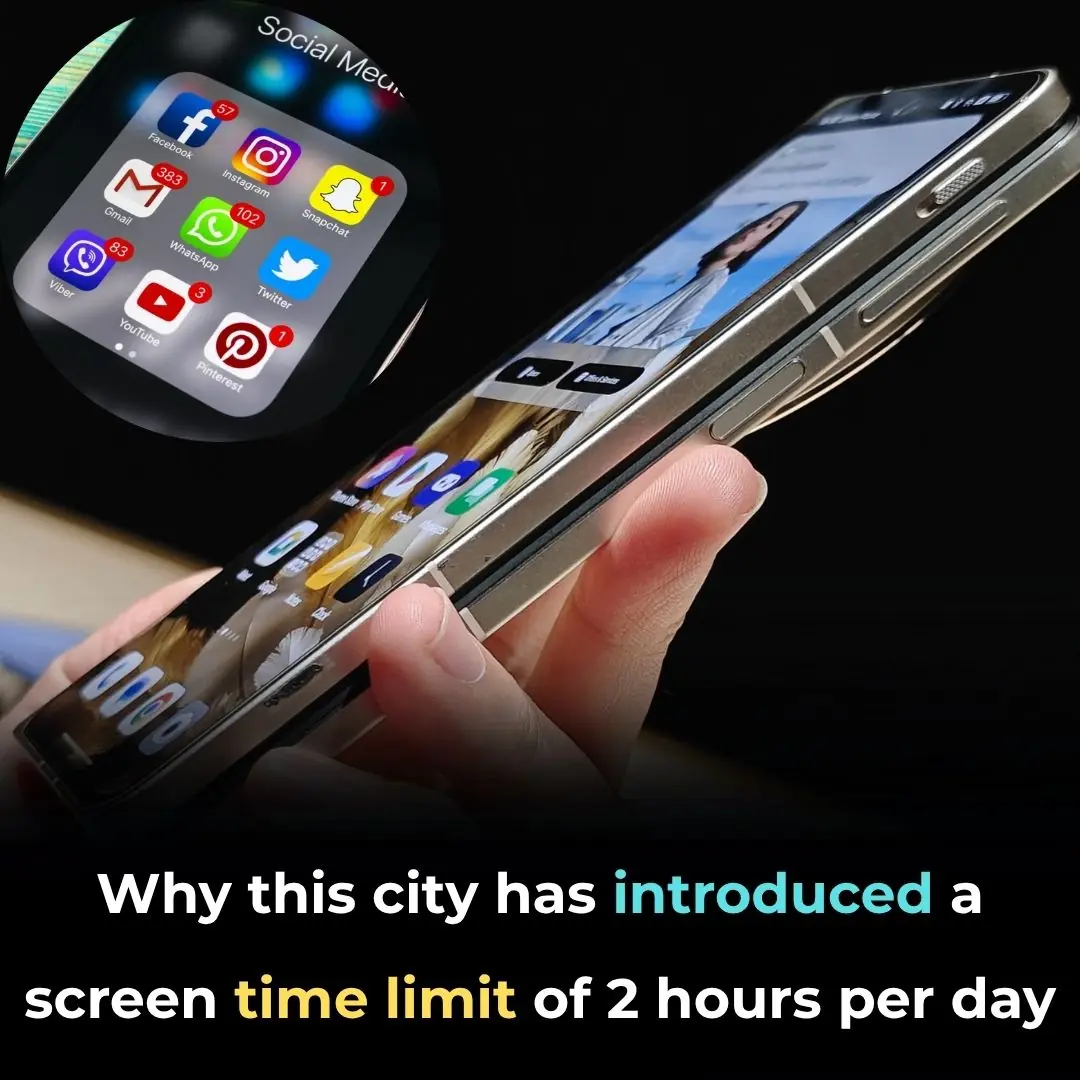
Why this city has introduced a screen time limit of 2 hours per day

The Truth Behind the Bermuda Triangle May Be Scarier Than UFOs
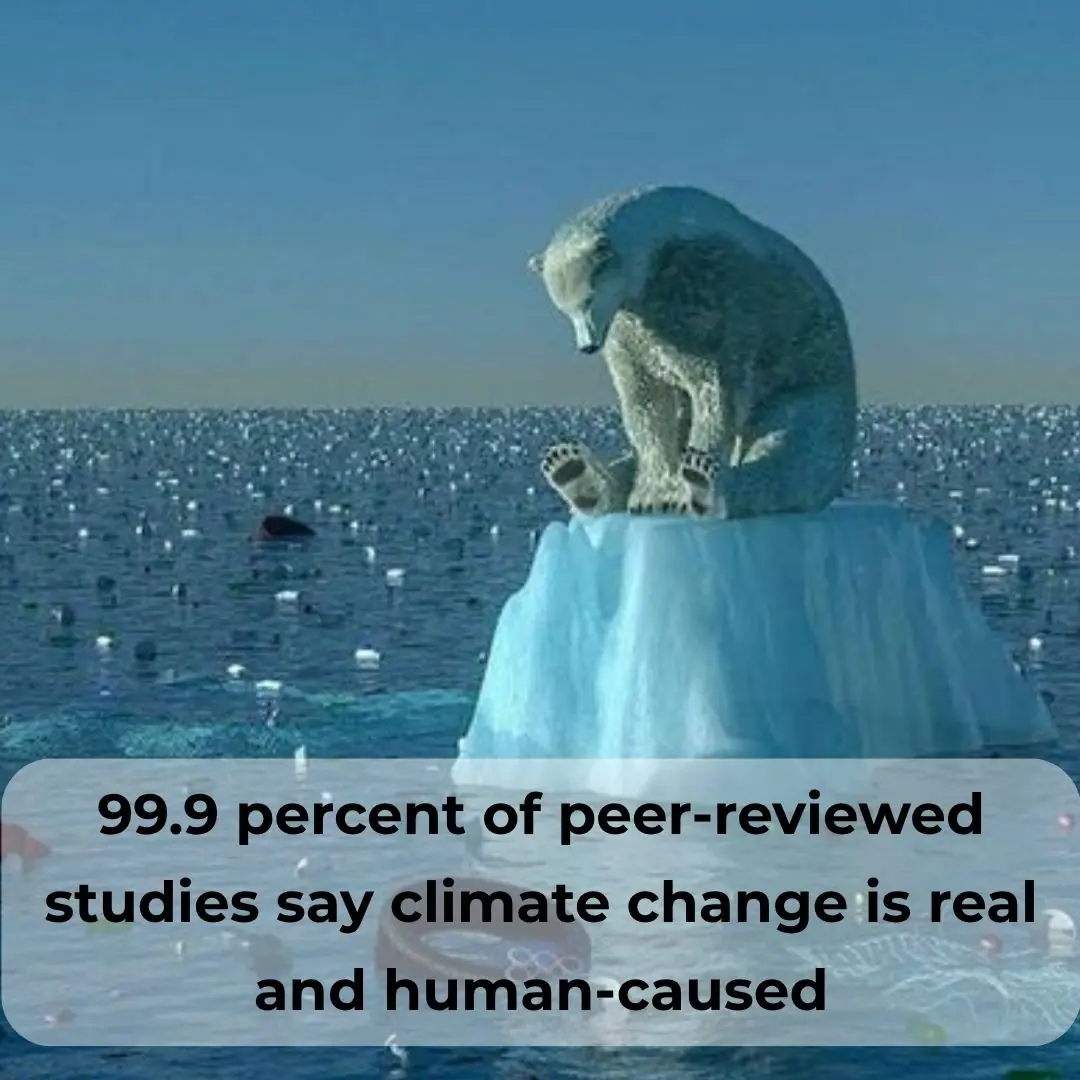
Over 99% of peer-reviewed studies confirm climate change is real and driven by humans

Passenger lands in hospital after humiliating TSA spat over stubborn jewelry
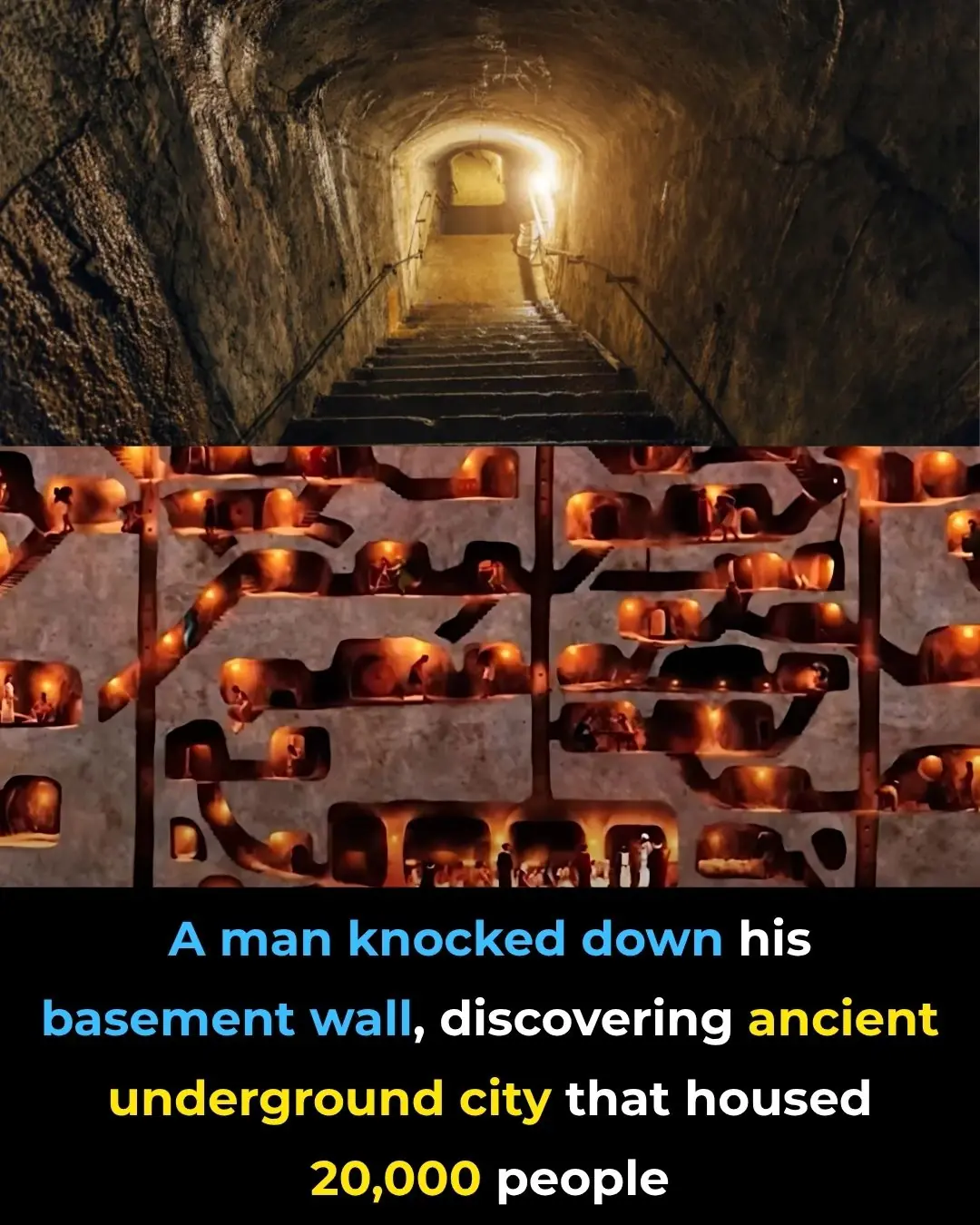
A Man Knocked Down His Basement Wall, Discovering Ancient Underground City That Housed 20,000 People
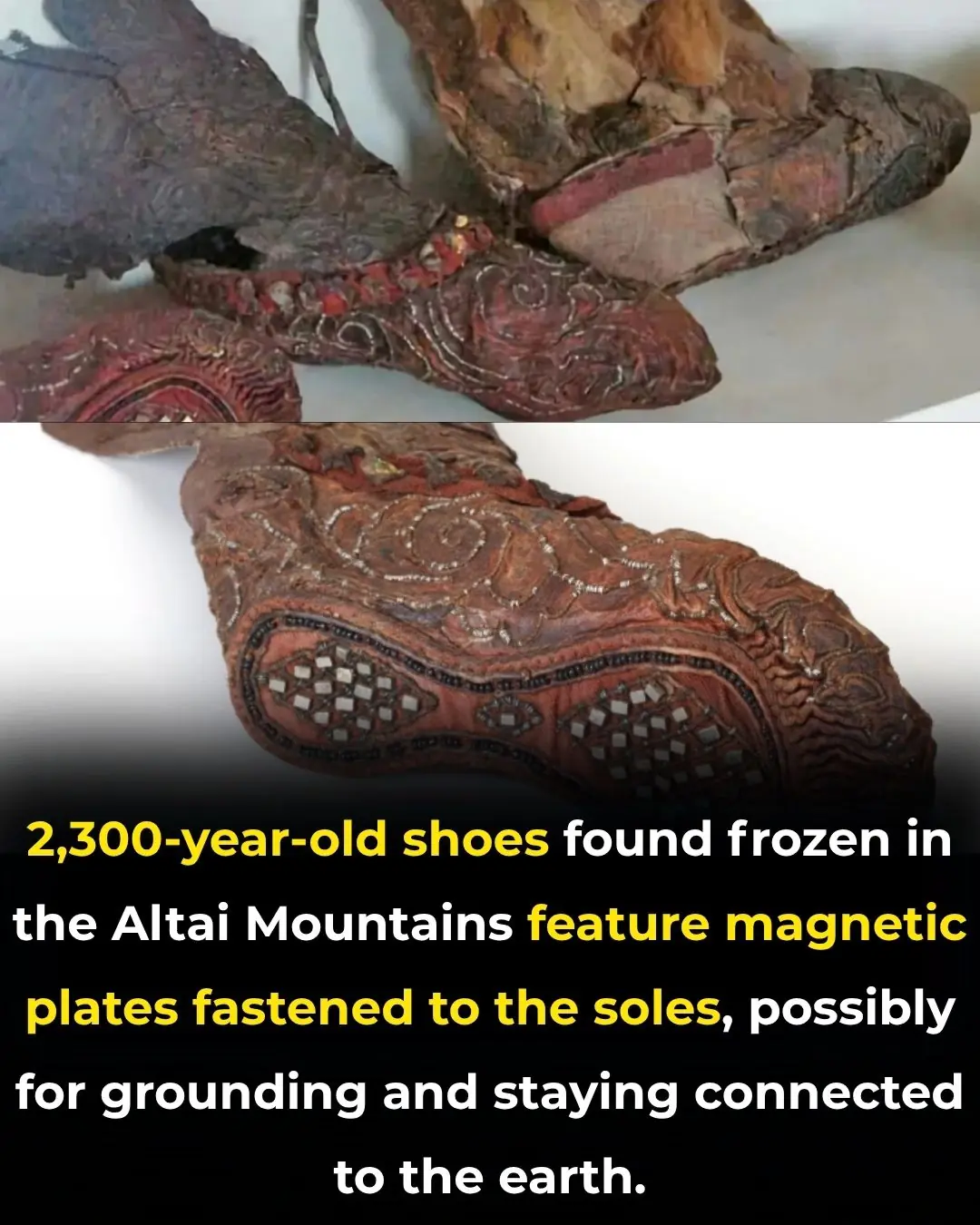
Magnificent 2300-Year-Old Scythian Woman’s Boot: A Timeless Fashion Statement

Mind-Blowing Cloud Formations You Probably Haven’t Seen Before

On the southern edge of the world, a waterfall runs red as blood

Rare reddish-orange snowy owl in Huron County captivates birdwatchers

Wildlife Crossings: A Vital Solution for Highway Safety and Biodiversity Conservation
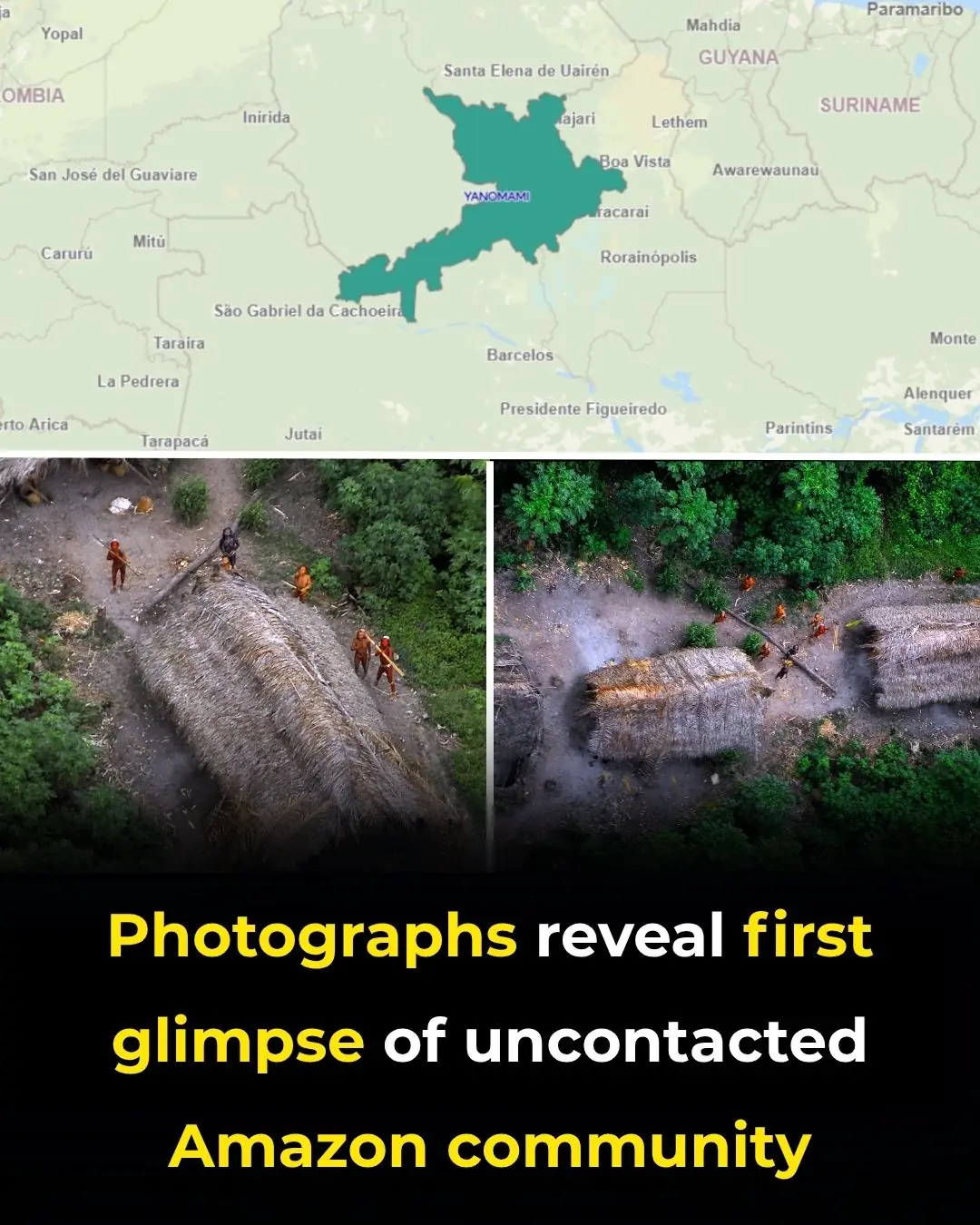
Photographs reveal first glimpse of uncontacted Amazon community

Floating Gardens on Parking Lot Roofs: Japan’s Green Revolution
News Post

Aloe Vera and Cinnamon Remedy: Natural Benefits for Eye Health, Immunity, and Healing
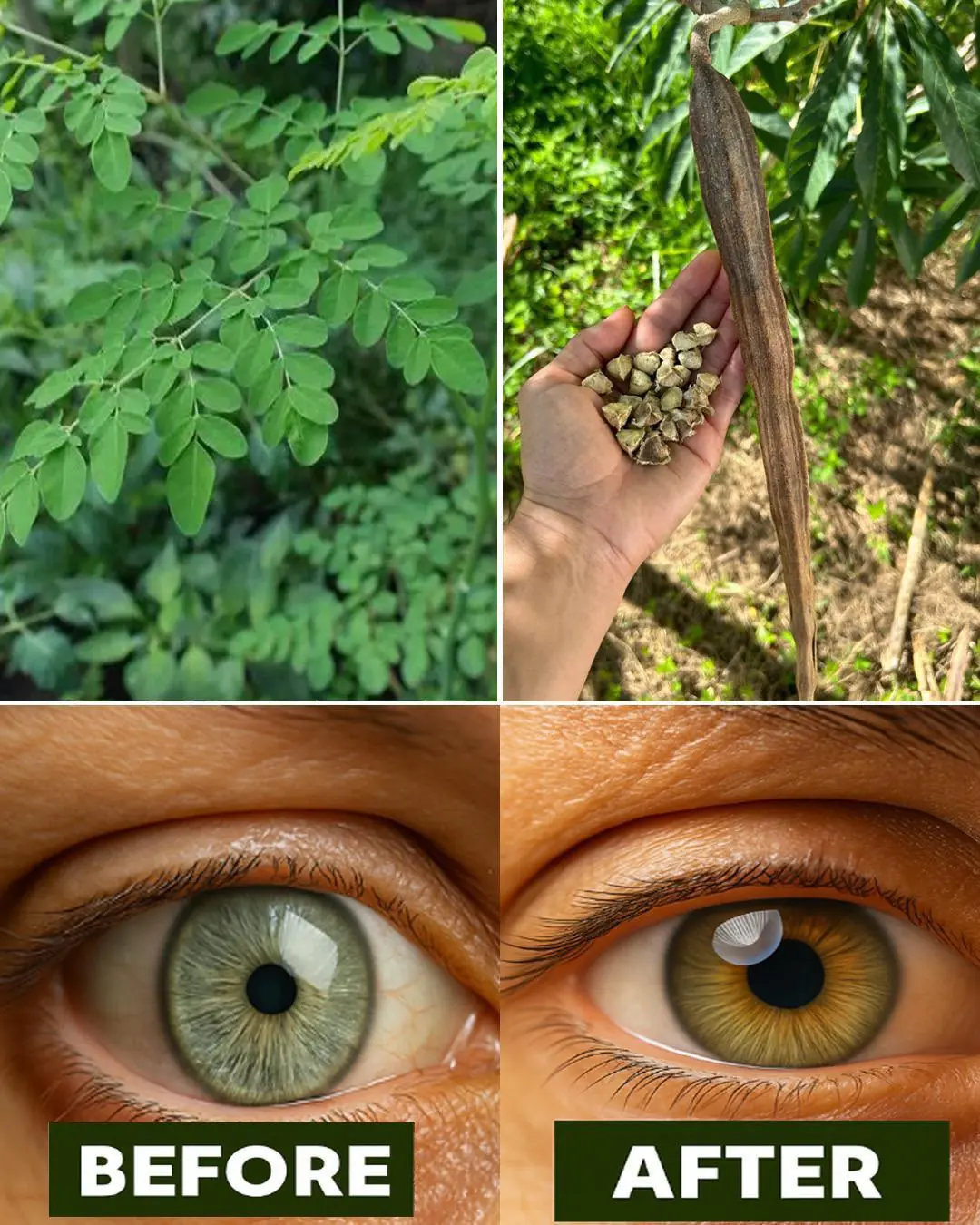
12 Powerful Benefits of Moringa Seeds

Goldenberries (Physalis peruviana): A Nutrient-Packed Powerhouse for Health and Vision

Oregano: The Golden Herb for Eye Health

Some of the Benefits of Castor Leaves and the Seed
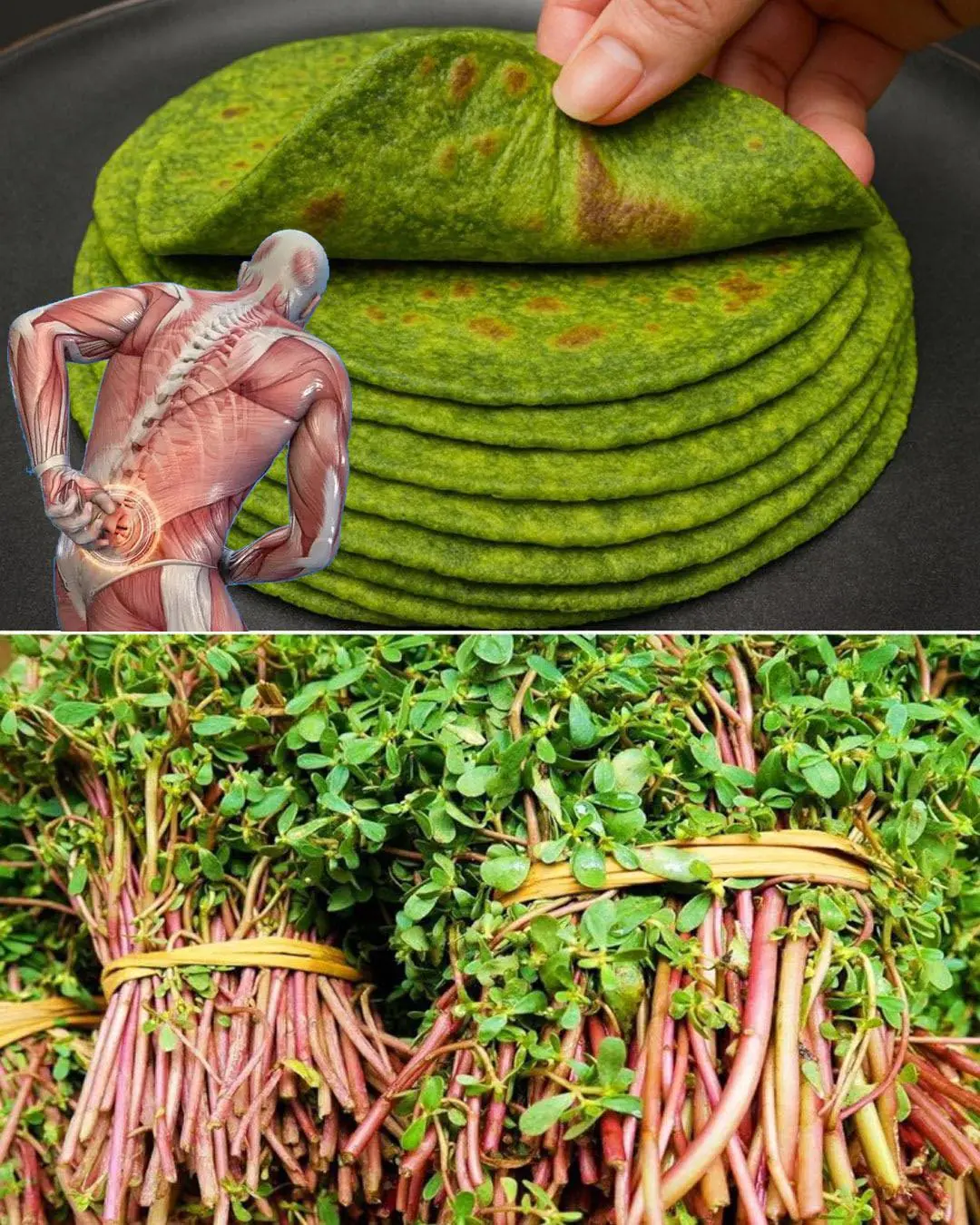
10 Benefits and uses of purslane

Chanca Piedra (Stonebreaker): Benefits and Uses
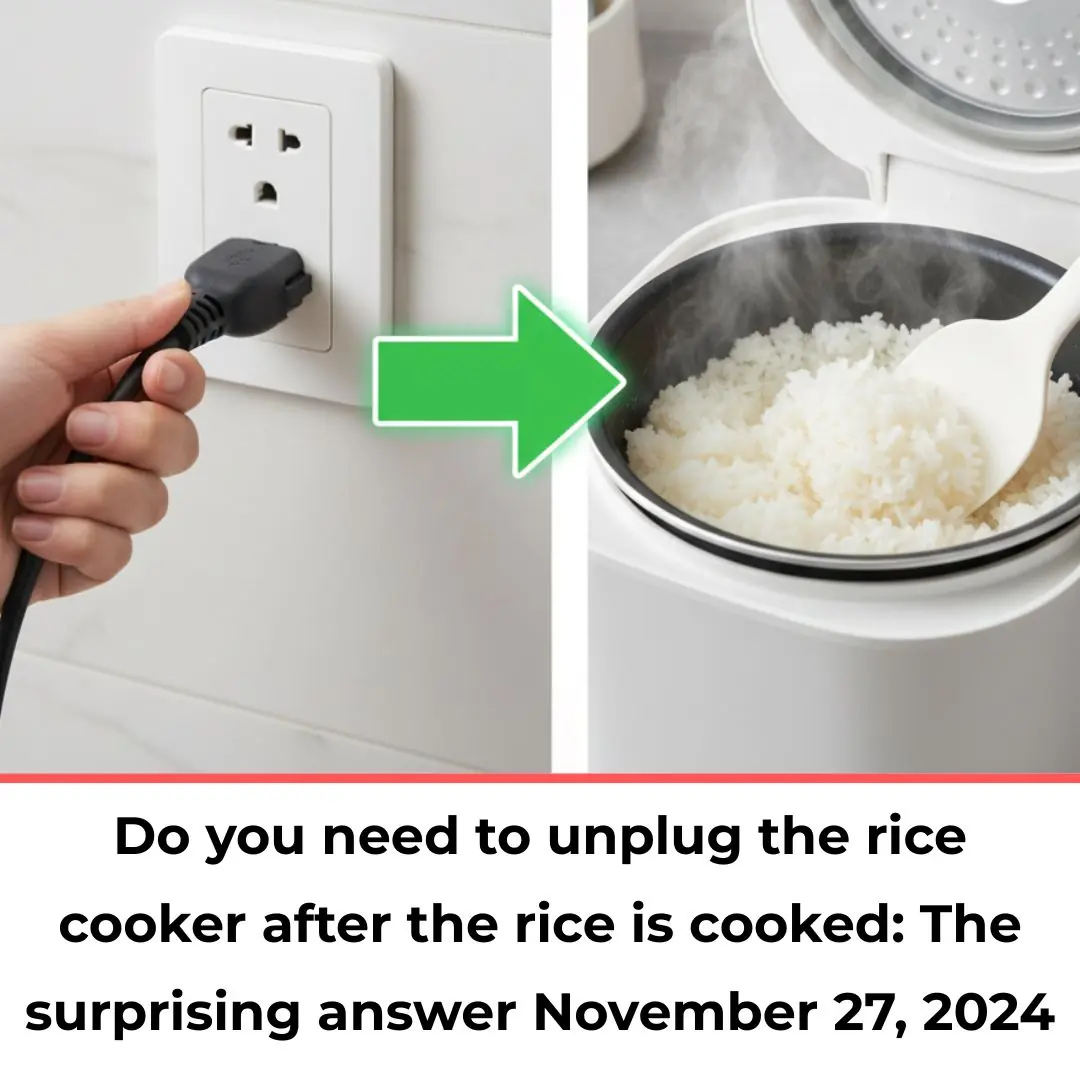
Do you need to unplug the rice cooker after the rice is cooked: The surprising answer November 27, 2024
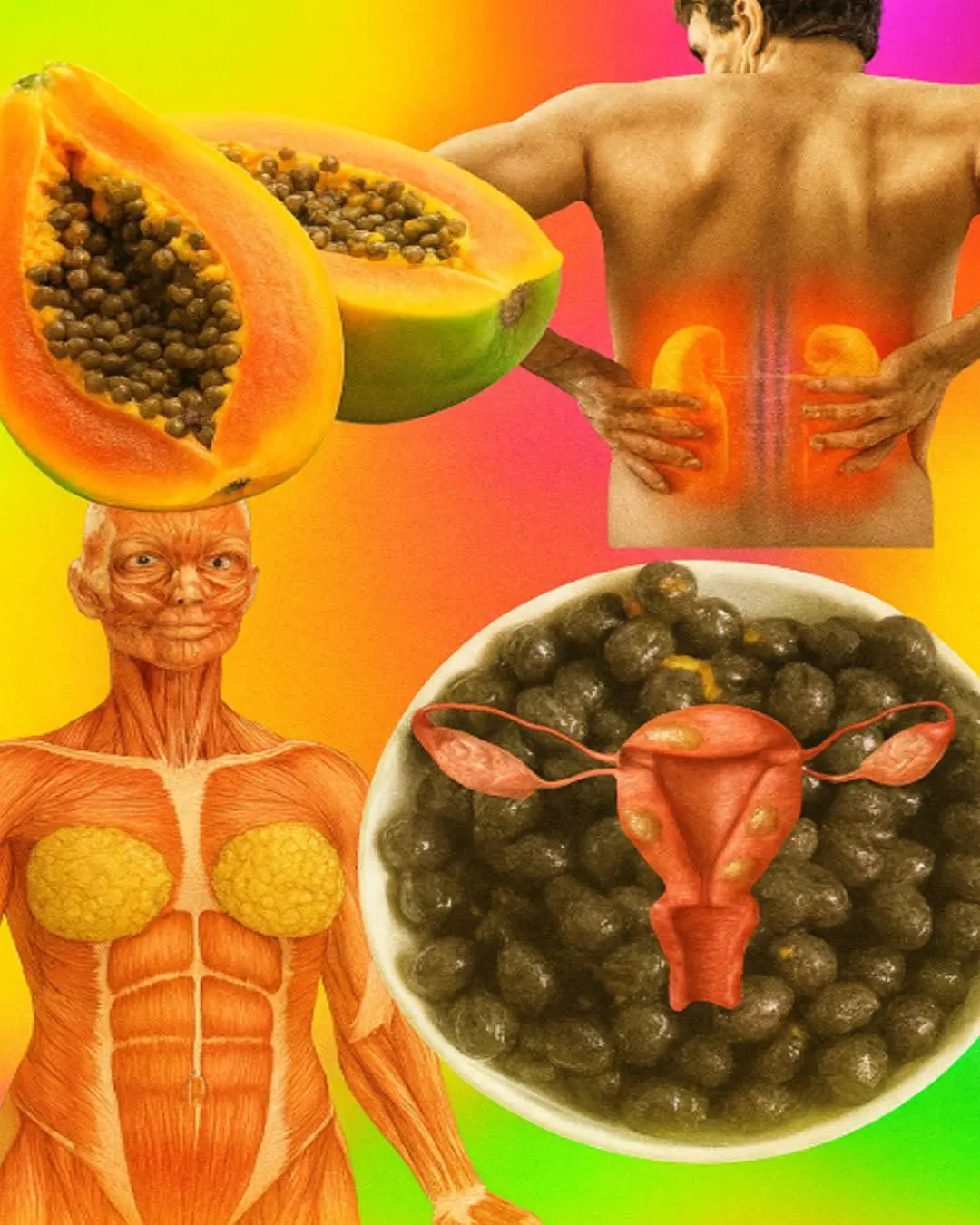
7 Benefits Of Papaya Seeds & How To Consume Them Correctly

Bougainvillea likes to 'eat' this the most, bury it at the base once and the flowers will bloom all over the branches

The elders say: "If you put these 3 things on top of the refrigerator, no matter how much wealth you have, it will all be gone." What are these 3 things?
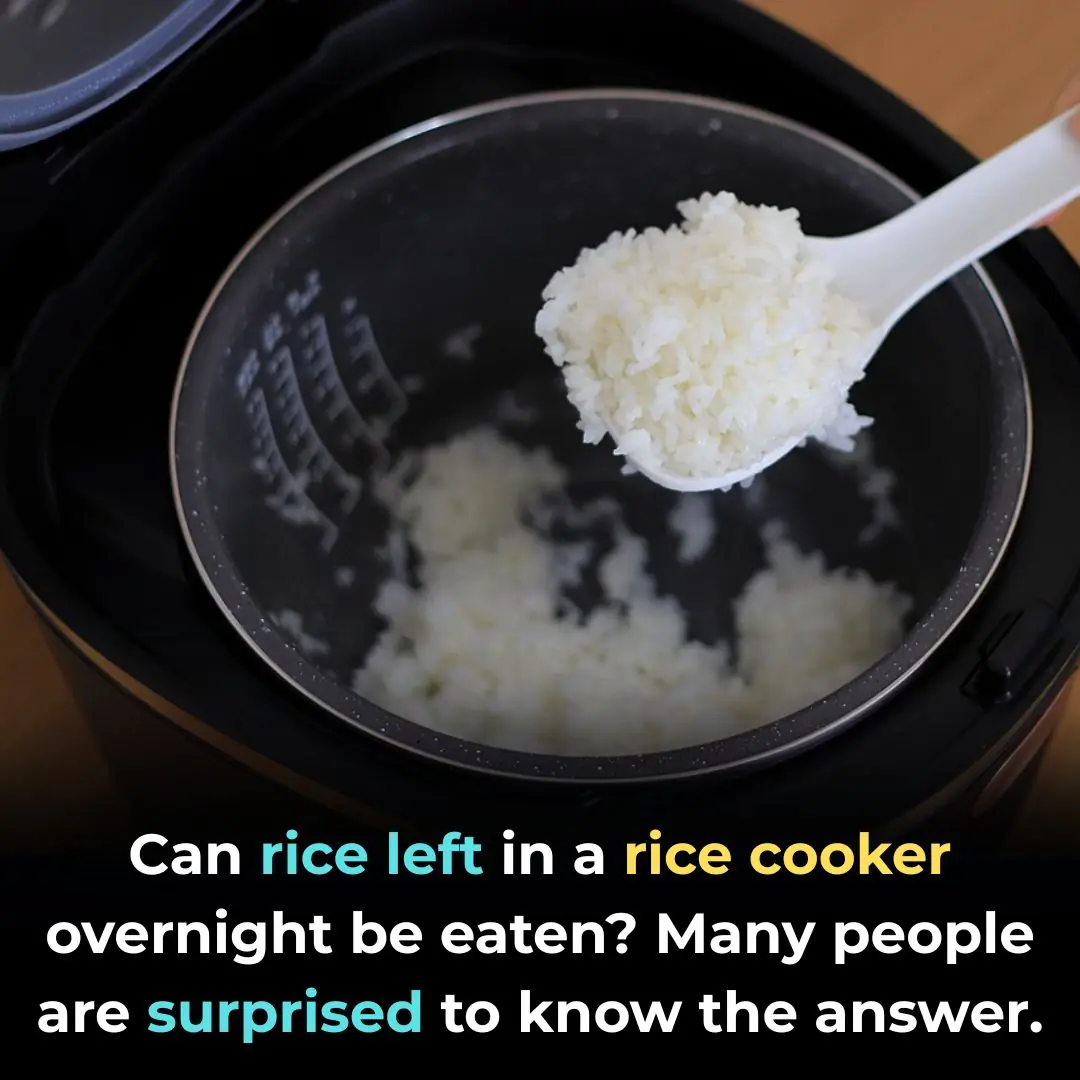
Can rice left in a rice cooker overnight be eaten? Many people are surprised to know the answer.

After boiling the chicken, do not take it out immediately onto a plate. Do one more thing to make sure the chicken is crispy, the meat is firm, and the skin does not fall apart when cut.

Cut this fruit into small pieces and put it in the pot to boil the duck: The bad smell is gone, the meat is fragrant, soft and flavorful.

Warts on Hands: Causes and Effective Natural Treatments

Medicinal Health Benefits of Turmeric, Curcumin and Turmeric Tea Based on Science

4 ways to preserve green onions for a whole month without spoiling, fresh as new

The best way to lower blood pressure fast!
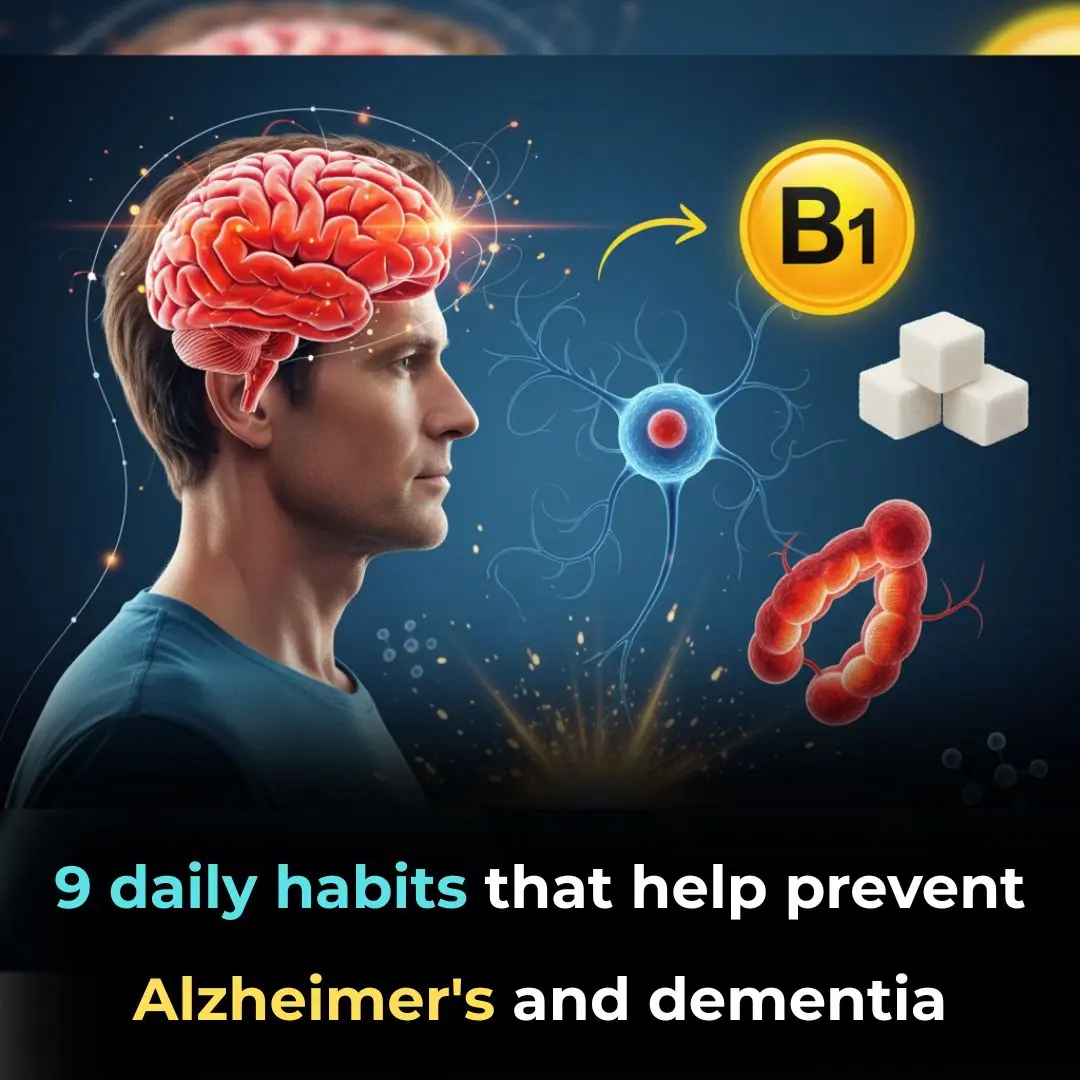
9 Habits You Need To Adopt Today To Stop Alzheimer’s or Dementia Before It Starts
